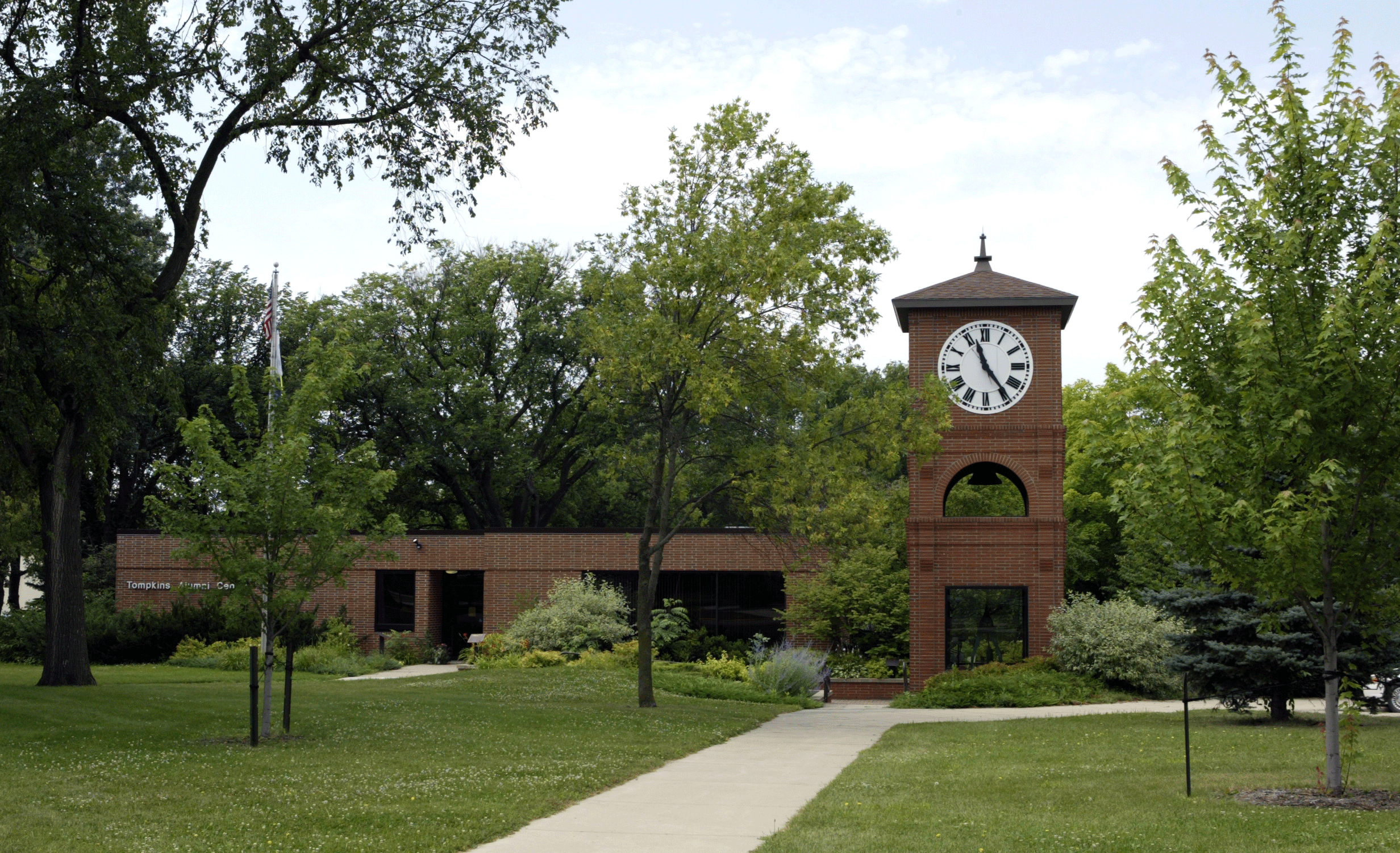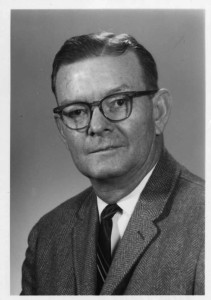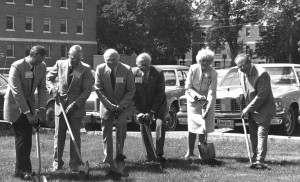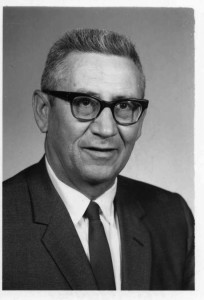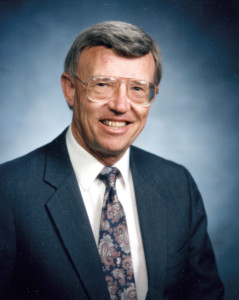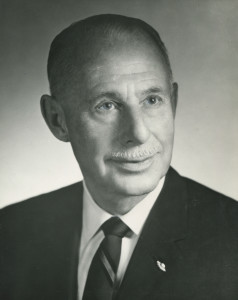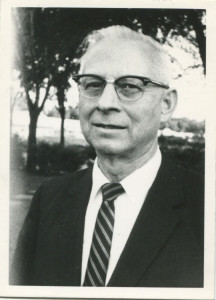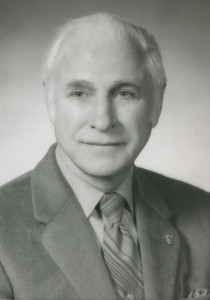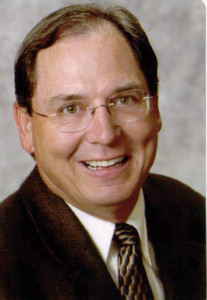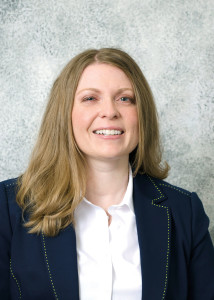Second graduating class forms alumni association
Today the SDSU Alumni Association lays claim to 70,000 living members in every state in the union and 60 countries.
One hundred and twenty-five years ago, the Class of 1889 formed the second graduating class of what was then Dakota Agricultural College. In that same year when the Dakota Territory split into the states of South Dakota and North Dakota, those 16 graduates formed the Dakota Agricultural College Alumni Association, according to the Alumni Association website.
Those early graduates established the association “for the purpose of preserving a feeling of unity and fellowship between the several graduates and for the purpose of cementing more closely the bonds existing between the alumni and their alma mater,†according to the website.
It goes on to state, “The first effort to keep the graduates in touch with the association occurred in 1908-09 under chairperson Prof. B.T. Whitehead. In that year, two letters were sent out to graduates by the association. In 1910, the Alumnus was started with Hubert B. Mathews as editor.â€
Mathews, a 1892 graduate, taught physics and electrical engineering at State for more than four decades and served as secretary of the association from 1910 until his death in 1936. He is reported to have taught 9,000 students and to have been able to remember each of their names.
He was also the second chairman of the Alumni Association board, serving during 1898-99.
Mullinix first full-time alumni director
According to J. Howard Kramer’s “A History of South Dakota State University 1884-1975,†Mathews became the first secretary-treasurer of the association when he was appointed in 1910.
Kramer adds that in 1927, P.W. Huntimer, a 1911 graduate, became the first paid alumni secretary.
“In 1935, due to the economic conditions, it was deemed impossible to continue to have a paid employee handling the alumni business and so David Doner, who served so many years as registrar, was named secretary. He served admirably until he retired in 1962,†Kramer wrote.
Doner was followed by Beeman “Bee†Mullinix ’39, a career Army officer who was commander of the ROTC units on campus from 1953 to 1957. He retired from the military Sept. 1, 1962, and was given the title field director of the Alumni Association, and served from Sept. 10, 1962, until September 1968.
Arthur Vandall, also a 1939 graduate, was serving as Extension water resource specialist at SDSU when he was hired July 1, 1969, to replace Mullinix. But Vandall was struck by cancer and died March 9, 1971.
Jensen steps up alumni’s role
On July 1, 1971, Keith Jensen was named executive director of the association, serving nine years. Kramer wrote, “Under Mr. Jensen’s guidance, the association has added new programs and improved greatly its service to South Dakota State University.â€
In fact, Jensen’s hiring could mark the beginning of the modern era of the Alumni Association.
Doner might have dedicated 5 percent of his time to Alumni Association responsibilities, Jensen estimated. Mullinix and Vandall served full time. Mullinix frequently went on the road to alumni meetings or college night presentations and worked with the Greater State Fund, which was begun in 1963 by President Hilton Briggs and Development Director Dave Pearson.
However, the Alumni Association remained a black-and-white TV in a world that had discovered color.
Chuck Cecil, who served 22 years in university administration and served three short terms as interim Alumni Association director, said, “Keith really put some pizzazz to the association … I’d give Keith all the credit for bringing the Alumni Association into the modern era of university relations.â€
Jensen lobbies alums, legislators
In 1988, SDSU honored Jensen as a Distinguished Alumnus.
The press release announcing the honor states, “His contributions … include conceiving the idea and raising funds for the $250,000 Tompkins Alumni Center, converting the association’s magazine from limited circulation to a newspaper reaching every alumnus, starting a successful travel program for alumni and initiating a successful lobbying program for higher education.
“He also helped establish Citizens for Higher Education, a statewide coalition of alumni and citizens, in 1976. He served as coordinator and directed a program of 40 citizen/legislator meetings.â€
In fact, it was Jensen’s involvement in the legislative process that got him the executive director’s job.
Helps save engineering college at State
Jensen was working as managing editor of the Watertown Public Opinion when he was approached by Alumni Association board President Warren Miller during the 1971 engineering crisis, which was an attempt by the South Dakota Board of Regents to consolidate engineering education into South Dakota School of Mines and Technology.
He recalls Miller’s plea: “We need someone to go out to the daily newspapers and get some editorial support†for keeping engineering at State, Jensen said.
“I thought it was a worthy cause†and took a week off to visit the state’s 12 daily newspapers as well as many weeklies that were en route. A licensed pilot, Jensen took his own plane to visit enemy territory — Rapid City, home of South Dakota Tech, and Belle Fourche.
The Rapid City Journal didn’t write an editorial espousing Jensen’s views, but many papers did, he said.
The regents effort was killed when Rep. John Bibby of Brookings was successful in passing a bill that required an outside study of engineering education in the state and approval by the 1972 Legislature if, after the study, the regents still wanted to close any of the state’s engineering schools.
Rumblings that the issue would resurface in 1972 never developed and the black clouds lifted from College of Engineering’s future.
Relaxing in his Brookings apartment 43 years later, Jensen said, “I don’t want to claim that (the editorial barnstorming trip) turned the tide. It was John Bibby’s effort in the legislature that turned the tide.â€
House Bill 766 was popularly known as the Bibby bill.
In an interview for the 2003 book “College on the Hill,†Jensen said, “There are not many bills that get named and are remembered as long as the Bibby bill. In fact, I lobbied in the Legislature for 25 years, and I can’t think of another bill like that.â€
Lobbying effort produces job offer
Because of Vandall’s death, there was no Alumni association director during the crisis.
Afterward, Cecil, who simultaneously was director of development, director of university relations and assistant to the president, wrote a letter to Jensen asking him to apply for the alumni job. “I had not even begun to think†about a job with SDSU, Jensen said.
But when he did, the 1956 journalism graduate knew the ink that flowed in his veins was yellow and blue.
In fact, V.J. Smith, who served as Alumni Association director from 1996 to 2006, said of Jensen, “I don’t know of anybody more proud of the university than him.†Jensen’s pride in the university was, and still is, reflected in his desire to improve the university.
Dorm apartment no place for alum office
Jensen recalls when he first went to work at the Alumni Association, which then had its office in Wecota Hall in what had been the dormitory housemother’s apartment.
“I had actually got called into that apartment a couple of times for being late bringing home my date,†he recalled.
“One of my first suggestions was we need a facility of our own rather than be in an old dorm,†which the university was renovating into offices, he said.
Cecil said the Alumni Association received $5 from each contribution given to the Greater State Fund, which paid for the salary of Jensen and his secretary, but it didn’t create a reserve to buy bricks.
Lobbying the Tompkins brothers
In 1973, Jensen knew that the Tompkins brothers (Arthur, Lawrence and Charles) were coming back for Hobo Day. “I had a local person watercolor a drawing of an alumni center with Tompkins Alumni Center in black lettering,†he said. Jensen arranged a meeting, unveiled the painting and asked for $50,000.
The brothers were quiet, then Arthur, the older brother, said, “It reminds me of a story. A man asked a porter if he had change for a $10 bill. The porter responded, ‘No, but I’m honored that you would ask me.’â€
Jensen paused, but didn’t let Arthur Tompkins’ analogy dissuade him.
“I said, ‘You’re going to go home, think about it and the opportunity to have the family name associated with the university, and call me back.’â€
Jensen’s bold prediction was on target.
A week later Arthur Tompkins called Jensen, said they had been thinking about his proposal and agreed to the $50,000 request.
So Jensen had awarded naming rights, but still needed what turned out to be another $200,000. He flew to Arizona and came home with a $15,000 check from a banking friend who had lived in his hometown of Lake Preston. A few others contributed $5,000 to $10,000 and a bunch of $1,000 gifts got the total to more than $200,000.
“But the bids came in at $240,000. Sherwood Berg had become president by then (1975),†Jensen said. “Sherwood said, ‘No problem. You’ll get it. Go ahead and build it’ and we did.â€
The center, uniquely situated at a diagonal to get a full view of the Campanile and the College Green, was dedicated June 12, 1976.
Jensen served until April 1, 1980, when he was recruited to direct U.S. Rep. Jim Abdnor’s successful campaign for U.S. Senator.
Jensen’s replacement was Chad Kono, a 1970 political science graduate who had gained a seat on the SDSU Alumni Association board of directors in 1975. He was serving as board vice president at the time of Jensen’s resignation.
The initial plan was to have Kono serve as interim director while Jensen took a seven-month leave of absence.
But by July 1, interim was scratched from Kono’s title as Jensen announced he would become the general manager of the South Dakota Newspaper Association effective Jan. 1, 1981.
V.J. — Initials become well-known
The appointment of V.J. Smith Nov. 1, 1996, brought another shift in focus for the Alumni Association.
Smith ’78 said, “The Alumni Association of 50 years ago was different in the fact that the people of the World War II era liked to meet as groups and we had individual chapters in all these places. When I took over the Alumni Association, a lot of those people had
moved to the side to allow a new generation to step in.
“They weren’t all the ‘meeters,’ thinking we need to get together. I would call on people for a get-together but we did not continue with formal chapters.â€
It often was a golf tournament or a Jackrabbits athletics event that was the stimulus to draw alums together.
Those gatherings paid off in 2003 when the university made the decision to leave its Division II athletic roots and test its abilities at the Division I level. The decision drew criticism, but not a barrage. Smith said part of that can be attributed to golf tournaments in spots such as Miller, Redfield and Volga.
“The people trusted us. They knew us and they knew the coaches because of these alumni events,†Smith said.
Advocated for band, choir, second-penny
Other changes made by Smith were replacing the Alumnus newspaper with STATE magazine, creating a presence for the association on the Internet, having an alumni tent at the football tailgating and starting the Stately Beginnings fall convocation for freshmen.
He attributed the last two ideas to Jim Speirs and Ryan Howlett, respectively.
Also during Smith’s era, the alumni office directed fundraising efforts for the Pride of the Dakotas Marching Band to travel to the National Millennium Celebration in Washington, D.C., in 2000 and to play at President Bill Clinton’s inauguration in 1997 as well as for a choir trip to England and Scotland in March 2000.
Smith notes the alumni office also took a lead role in advocating passage of a second-penny sales tax in Brookings in 1996, which was used in part to build the Performing Arts Center.
Advocates formed
An accomplished public speaker, Smith resigned from the alumni post in 2006 to move full time into that field. His replacement was Matt Fuks, a 1989 history and political science graduate. Fuks took office Sept. 24, 2007, and served until late 2013.
During Fuks’ administration, the legislative advocacy group Jackrabbit Advocates was formed in 2008 to allow dedicated alumni to represent the independent voice of the Alumni Association in a partnership with SDSU for the betterment of public higher education.
New Alumni Green planned
The newest director is Andrea “Andi†Fouberg ’99, who started July 7 after working nine years for U.S. Senator John Thune, most recently as communications director.
As she adjusts from life in the Beltway, Fouberg will be leading the Alumni Association through another period of change. Working hand-in-hand with the SDSU Foundation and the university, plans are being developed to put the alumni offices in a new building.
The project will be part of a new Alumni Green that is called for in the university’s master plan.
It calls for a two-story alumni building to be attached to the existing Lohr Foundation Building with offices upstairs and a banquet area capable of seating 250 on the ground floor. The breezeway connecting the buildings will have historic displays.
Timing is based on fundraising for the $6.5 million structure, but it is hoped that work can begin in two years.
Jensen: Plans ‘look beautiful’
Jensen, who turned the dream of an alumni center into reality nearly 40 years ago, said plans for the new project “look beautiful. My position is, if you’re going to do it bigger and better, I’m certainly not opposed to the project. I always thought the alumni center needed to be bigger.â€
During the last 125 years, more than 250 alumni have served as members of the Alumni Association board, providing leadership and support to a now full-time staff of five.
Dave Graves

